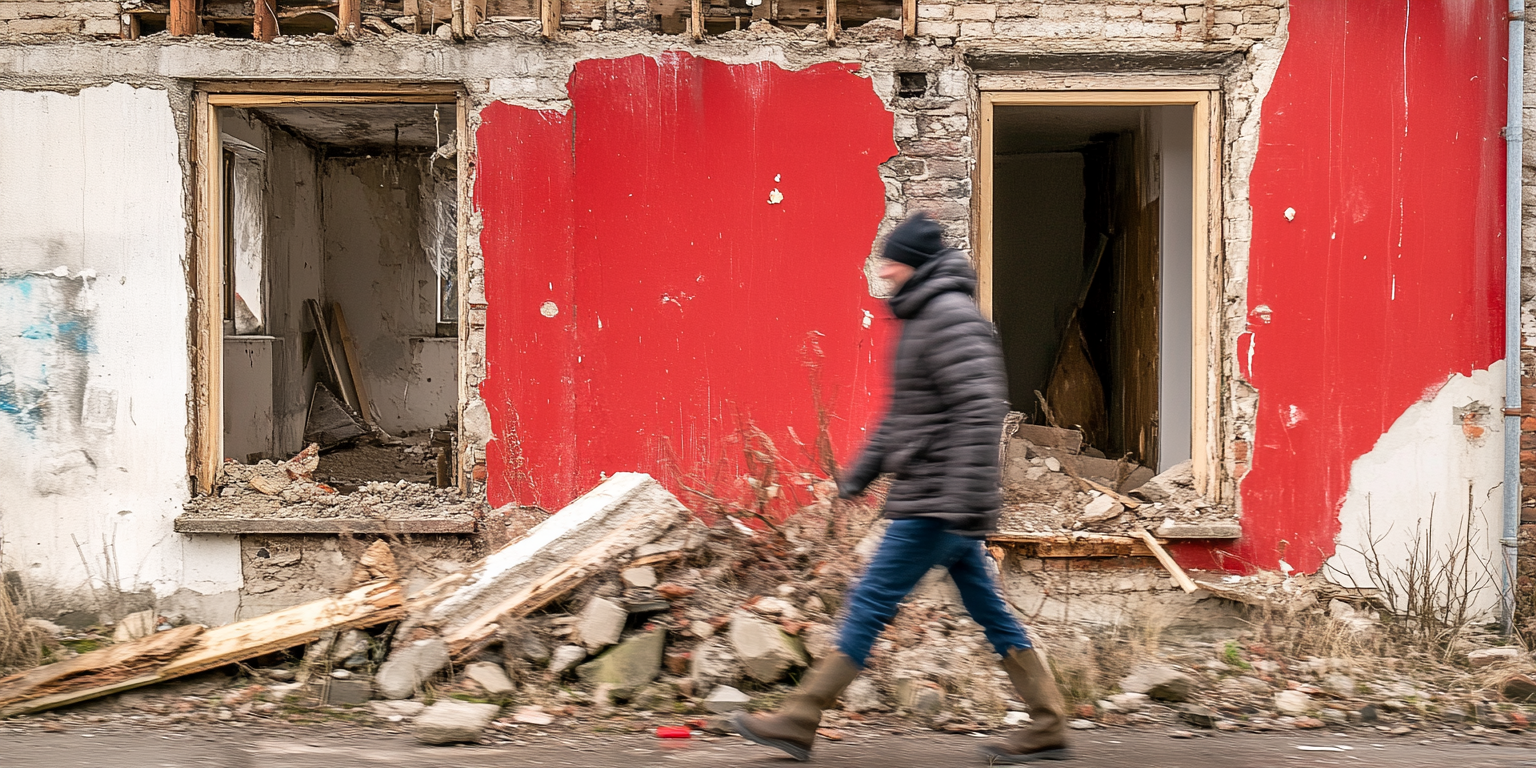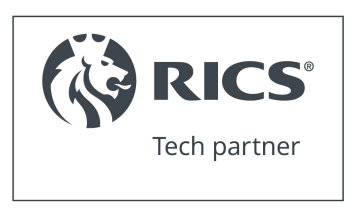

Top 10 Common Issues Detected in Level 3 House Surveys
Discover the most common problems found in Level 3 Building Surveys. From structural movement to boundary issues, learn what surveyors look for and how to address potential problems.

Property Expert
Quick Navigation
Level 3 Building Surveys are the most comprehensive property assessments available, designed to uncover potential issues that could affect your investment. Drawing from thousands of property inspections across the UK, we've compiled the top 10 most significant problems that frequently emerge during these detailed surveys. Whether you're purchasing a period property or maintaining your current home, understanding these common issues is crucial for making informed decisions and avoiding costly surprises.
Check Common Issues in Your Area
Enter your postcode to see RICS condition ratings and common issues for properties like yours
Before We Begin
A Level 3 Building Survey typically takes 4-8 hours to complete and produces a detailed 80+ page report. This guide summarises the most critical issues we regularly identify, but remember: every property is unique and may present different challenges. For specific concerns about your property, always consult a RICS-certified surveyor.
Quick Navigation
1. Structural Movement
Key Indicators:
- Diagonal cracks in walls, particularly around doors and windows
- Uneven floors or sloping walls
- Doors and windows that stick or won't close properly
Potential Causes:
- Subsidence due to soil conditions or nearby trees
- Foundation problems or inadequate support
- Historical settlement or recent building works
2. Damp and Timber Issues
Common Types:
Rising Damp
- • Damaged DPC
- • Salt deposits
- • Tide marks on walls
Penetrating Damp
- • External wall issues
- • Defective pointing
- • Blocked cavities
Condensation
- • Poor ventilation
- • Black mould growth
- • Window condensation
3. Roof Problems
Common Roof Issues:
External Problems
- Missing or damaged tiles/slates
- Defective flashing around chimneys
- Blocked or damaged guttering
Internal Signs
- Water stains on ceilings
- Daylight visible through roof space
- Sagging roof timbers
Repair Considerations:
- Minor repairs can cost £500-£1,500
- Full roof replacement: £5,000-£12,000+
- Regular maintenance can prevent major issues
4. Electrical Issues
RICS Level 3 Surveyor's Responsibilities:
As per RICS standards, Level 3 surveyors conduct a visual inspection of electrical systems without performing specialist tests. The inspection includes:
- Assessment of visible wiring and electrical fittings
- Identification of obvious safety risks
- Recommendations for further specialist testing when necessary
Safety Concerns:
High-Risk Issues
- • Outdated wiring (pre-1970s)
- • Exposed cables
- • Overloaded circuits
- • No RCD protection
Common Problems
- • Insufficient sockets
- • Old consumer units
- • Poor earthing
- • DIY modifications
Electrical Safety Requirements
Electrical Installation Condition Report
Modern circuit breakers required
For all circuits
Comprehensive Inspection
A Level 3 Building Survey is the most detailed inspection available, conducted by RICS-certified surveyors. The survey includes thorough internal and external inspection of all accessible areas, using specialist equipment like damp meters and thermal cameras when necessary.
Survey Coverage
- • Detailed condition assessment
- • Identification of serious defects
- • Risk assessment of defects
- • Repair cost estimates
Professional Standards
- • RICS-certified surveyors
- • Standardised reporting
- • Clear condition ratings
- • Professional indemnity cover
For detailed information about Level 3 Survey scope, visit the RICS Standards website.
5. Drainage Concerns
Common Drainage Problems:
Surface Water
- • Blocked gullies
- • Poor ground drainage
- • Inadequate falls
Foul Drainage
- • Blocked pipes
- • Damaged connections
- • Tree root ingress
Warning Signs
- • Slow drainage
- • Bad odours
- • Damp patches
Investigation Methods:
- CCTV drainage surveys for detailed inspection
- Dye testing to trace drainage routes
- Lifting inspection chambers for visual checks
6. Ventilation Problems
Impact of Poor Ventilation:
Health Implications
- • Respiratory issues
- • Allergic reactions
- • Mould-related illness
- • Poor air quality
Property Damage
- • Condensation build-up
- • Timber decay
- • Paint peeling
- • Fabric deterioration
Common Problem Areas:
- Blocked or sealed air bricks
- Insufficient roof space ventilation
- Poorly ventilated bathrooms and kitchens
7. Heating System Issues
System Assessment:
Boiler Problems
- • Inefficient operation
- • Age-related issues
- • Poor maintenance
Radiator Issues
- • Cold spots
- • Leaking joints
- • Inadequate sizing
Pipework Concerns
- • Corrosion
- • Poor insulation
- • Leaking joints
Energy Efficiency Ratings
92-94% efficiency
78-85% efficiency
Below 70% efficiency
8. Insulation Deficiencies
Key Areas of Concern:
Loft Insulation
- Insufficient depth (recommended 270mm)
- Uneven distribution
- Compressed or damaged material
Wall Insulation
- Missing cavity wall insulation
- Poorly installed external insulation
- Inadequate solid wall solutions
Energy Saving Potential:
*Based on a typical semi-detached house in England, Scotland or Wales (2025 energy prices)
9. Windows and Doors
Common Defects:
Windows
- • Failed double glazing units
- • Rotten timber frames
- • Faulty mechanisms
- • Poor weathersealing
Doors
- • Misalignment issues
- • Security concerns
- • Draught problems
- • Worn thresholds
Energy Performance Impact:
- Up to 20% heat loss through windows
- Potential savings of £175/year with modern double glazing
- Enhanced security and noise reduction benefits
10. Boundary Issues
Key Considerations:
Fences & Walls
- • Structural stability
- • Ownership disputes
- • Repair responsibilities
Legal Aspects
- • Boundary definitions
- • Rights of way
- • Shared access
Common Problems
- • Encroachment
- • Drainage rights
- • Tree issues
Book Your Level 3 Building Survey Today
Get a comprehensive property assessment from RICS-certified surveyors. Identify potential issues before they become costly problems.


Subham
 Verified Review on Trustpilot
Verified Review on Trustpilot
"Amazing service by Homemove company! Starting from their AI chatbot who gave all the answers to several of my queries, then the survey got booked pretty fast and they price matched. And I called them to give me the report within 5 business days to which they said they will try and I got the Level 3 report within 2 working days!! And later whatever doubts I had, I cleared with the surveyor."
Conclusion
A Level 3 Building Survey is a crucial investment in understanding your property's condition. These top 10 issues are commonly identified during surveys, but early detection allows for informed decision-making and potentially significant cost savings. Whether you're buying a property or maintaining your current home, professional survey insights are invaluable for long-term property management.

Get Your Property Thoroughly Inspected
Join thousands of homeowners who trust our RICS surveyors for comprehensive property assessments. Get a quick quote today.
 Trusted by 10,000+ homeowners
Trusted by 10,000+ homeowners





